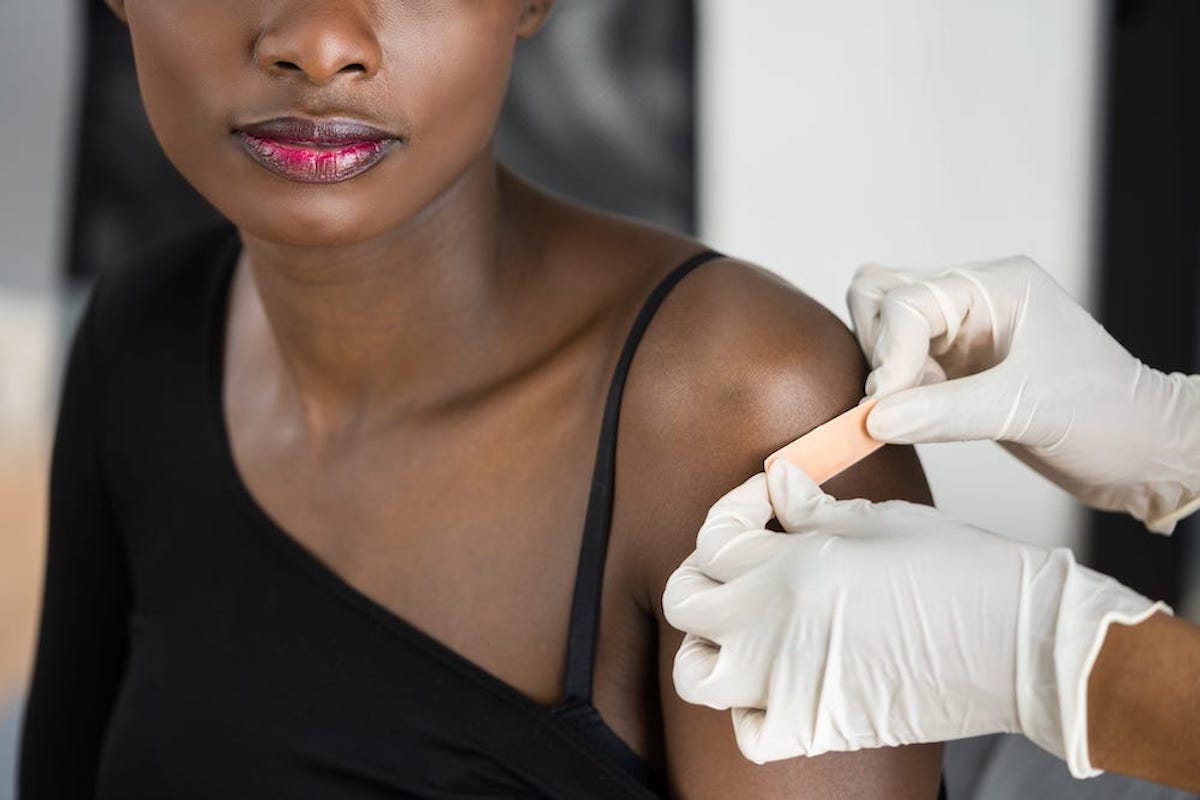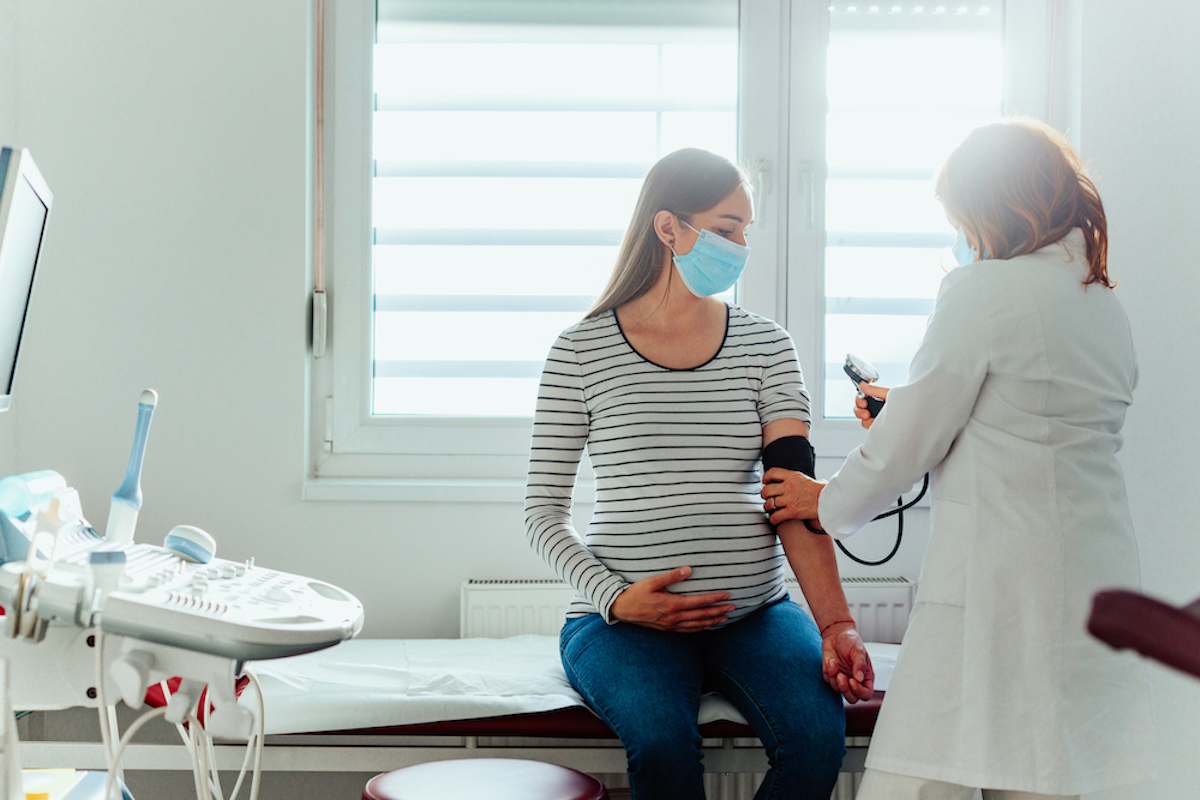I do not want to brag, but I was a very advanced adolescent, from a skin perspective. In fourth grade, when most kids were just dreaming of their first pimple, I was already sporting a full face of them. By fifth grade, I had advanced to dermatology appointments, where we iterated through the usual suspects: benzoil peroxide wash, Retin-A, tetracycline. None of them worked.
In sixth grade, though, I finally got to the good stuff: Accutane. I recall my doctor being somewhat reluctant to prescribe it, given my age. But he did, and it worked. It really, really worked. It was awful, in some ways — I remember the skin on my lips just kind of flaking off — but also totally life changing.
After a few months, my acne magically disappeared, allowing me to realize that the reason I was not popular was not, in fact, due to my acne. But I digress. From an acne standpoint, I stand by that it was magic.
I mention this because one thing I remember very distinctly from taking Accutane is that it came in a blister pack, and on the back of every single pill when you pushed it out, there was a little image of a pregnant woman with a big X through her. A daily reminder you should not take this if pregnant.
Accutane is in a class of drugs called “retinoid”. (Accutane is a brand name; the molecule is isotretinoin, and it also comes in generic form). The molecule is closely related to retinoic acid, a vitamin A derivative that controls embryo development. Likely for this reason, exposure during pregnancy is associated with birth defects.
This association is extremely strong and scary, and has been known for a long time. A 1985 paper in the New England Journal of Medicine reported on 154 pregnancies with Accutane exposure. Of these, 95 resulted in elective abortions. Of the remaining 59, there were 26 infants without significant birth defects, 12 miscarriages and 21 infants with serious birth defects. This is an extremely high rate, and the births defects were severe. As a result, Accutane as a drug is in pregnancy class X and women taking it are required to be on birth control.
Pregnant women, even with serious acne, should never be prescribed Accutane (or any form of isotretinoin.)
On the other end, there are medications for acne which are considered safe in pregnancy. In particular, the most common (safe) option is topical (i.e. on the skin) benzoyl peroxide, either alone or in combination with an oral antibiotic (typically erythromycin or clindamycin ). These two antibiotics are pregnancy “Class B” meaning they have been shown to be safe in humans. Benzoyl peroxide is class C, which means safety has been less concretely established, but we know that very little is absorbed into the system and it is fully metabolized. Bottom line is that this combination is generally considered safe.
Then, in the middle, we have the most complicated issue: topical retinoids. That is, drugs that are related (in molecular terms) to Accutane, but used topically rather than ingested. There are two specific drug molecules: tretinoin (brands: Retin-A, Avita, etc) and tazarotne (brands: Tazorac and Fabior). Tazartne is pregnancy class X, meaning it would never be prescribed. But topical tretinoin is class C, which makes it more possible. The question is: is it a good idea?
Why is this complicated? On the one hand, we know that the oral retinoid form is really, really dangerous. This would naturally lead one to avoid these drugs in any form, oral or no. On the other hand, when you use a medicine on skin, much less absorbs into the bloodstream than taking it orally. And your body can metabolize the molecule safely in some concentration (it is present in some levels anyway). So it is possible that retinoids are safe if used topically.
It is really a question for the data. And the data we have is, I would say, somewhat reassuring but very weak. A 2015 meta-analysis put together all the data we have on first-trimester exposure to retinoids (they focus on the first trimester because generally these are not prescribed so most evidence comes from women who were accidentally exposed). Even aggregating multiple studies, they came up with only 654 exposed women, who they compare to 1375 unexposed controls.
When they analyze outcomes like birth defects, miscarriage, stillbirth and low birth weight they do not find any significant evidence of a higher rate among exposed women. The problem is that their data are limited, so the confidence intervals are very large. For example: they find that exposed women are 20% more likely to have a baby with a significant birth defect. This is actually reasonably large, but from a statistical standpoint they cannot reject that the two groups are the same. In fact, their estimates are consistent with women being as much as 35% less likely, or as much as 230% more likely. This is a very, very wide range.
In the end, the authors of this meta-analysis come down in what I think is a reasonable place on this. The combination of what we know about retinoids in oral form and the fact that we just do not have a lot of data leads them to suggest it’s not a good idea to prescribe these to pregnant women. On the other hand, if you are using Retin-A and become pregnant by accident, it is not something to panic about. (By contrast: women who become pregnant accidentally while taking Accutane are often advised to terminate the pregnancy.)
If you are struggling with acne before or during pregnancy, some of the choices here are going to come down to your preferences. Like many aspects of pregnancy, there is a tendency here towards a “caution-at-all-costs” and “why-risk-it” approach. This approach may have you shunning all treatment — no antiboitics, benzoyl, etc. The data doesn’t suggest this is necessary; some treatments are safe. Moreover, this ignores the fact that acne can be debilitating, painful and uncomfortable.
This last fact will lead some women to consider and use topical retinoids which are, let’s face it, a lot more effective than benzoyl peroxide wash. And, I will say that you can certainly find sources which take the above evidence to say that topical retinoids are safe. I do not think that’s an untenable position, but it does put a lot of weight on a very limited set of evidence.

















